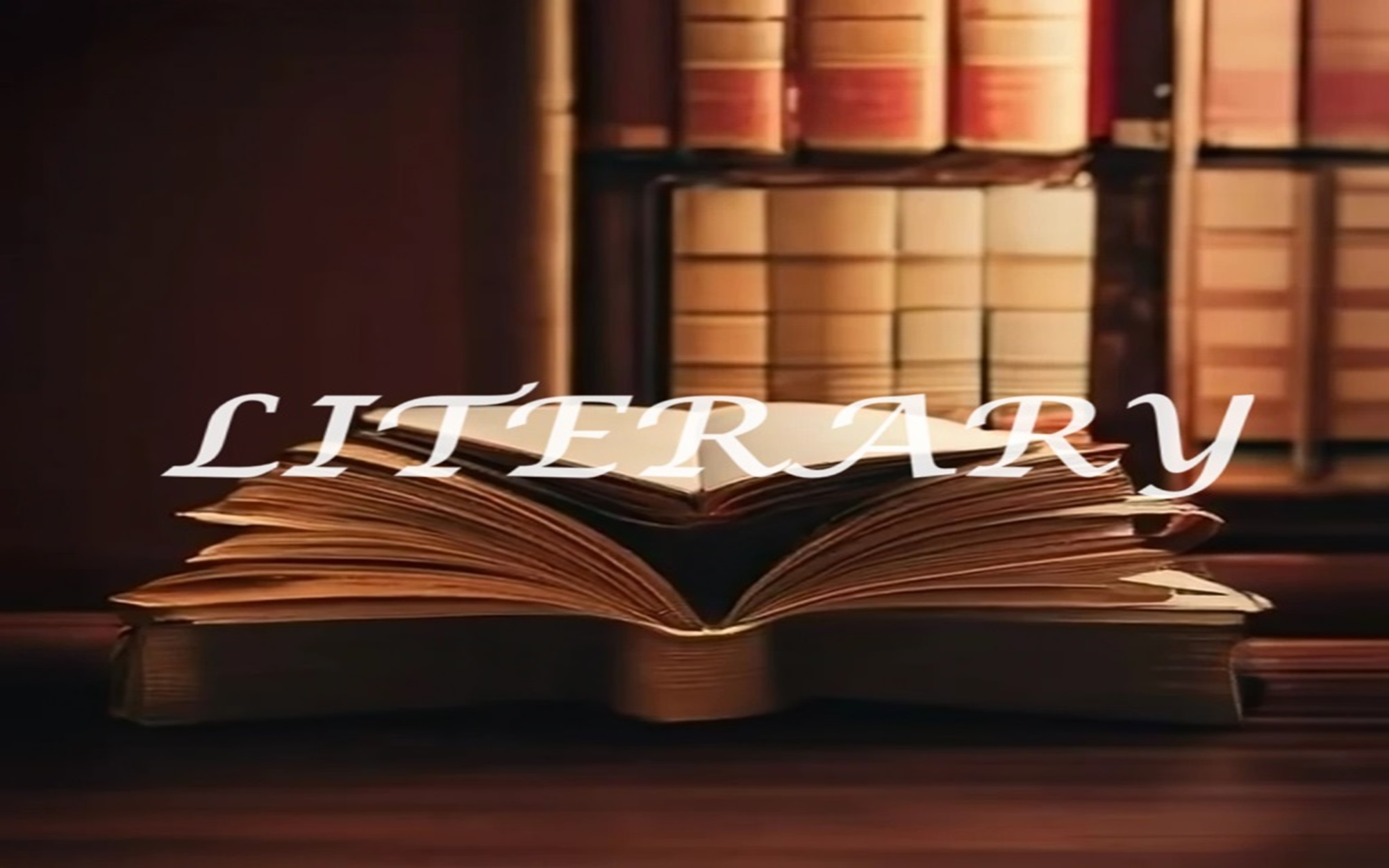In The Tragedy of Macbeth, Macbeth’s hallucination of a dagger is one of several prime instances that prove William Shakespeare’s unparalleled mastery in portraying incidents and characters.

The strong desire to become a king arrives as one of the central forces that compels Macbeth to participate and perpetrate a heinous crime, i.e., the murder of King Duncan. However, the famous Shakespearean character has to pass through a series of events before he commits the crime of killing an innocent guest.
Being a human being of flesh and blood, it remains difficult for Macbeth to make his conscience dumb and deaf. A sense of wrongdoing keeps haunting him even at the last moment before he approaches to commit severe wrongdoing, i.e., murdering a human.
He experiences a strange hallucination of a dagger just before murdering Duncan. The scene is visible in Act II, Sc. i of the famous play The Tragedy of Macbeth, where the readers find that Macbeth’s mind becomes obsessed with an illusion. He encounters a strange delusion and imagines a sword hanging in the air, pointing toward Duncan’s chamber.
Macbeth’s significant imagination is all afire. Uncertainty engulfs his thinking. He can’t understand whether the sword exists or if it is only an optical illusion impacting his mind. At one point, a feeling emerges in him, whether it is the outcome of an overexcited brain. Yes, the excitement of inheriting the very throne of the King after the demise of King Duncan.
The essential thing is that Macbeth’s eyes perceive the dagger as a real object. His eyes feel the sword exists in reality. In short, he becomes convinced that something like a sharp knife is in the air. However, the entire matter emerges completely different when his real sense of touch assures him that it is an acute case of hallucination of a dagger. The reason behind this assurance is he is not able to take hold of that sword hanging in the air.
Shakespeare portrays the entire scenario by depicting one confusing state of Macbeth. He writes in words how acute confusion continuously pricks his power of thinking. The Shakespearean hero becomes bewildered and fails to realize the reality. Two contrary circumstances simultaneously question his mind.
Either Macbeth’s eyes perceive the right thing. That means the dagger is genuine, and his eyes dominate all other senses as the only source pinpointing the right thing. Or, the entire incident is the opposite. It is the hallucination of a dagger. That means Macbeth experiences an illusionary vision regarding a non-existent sword. An imaginary feeling haunts his eyes.
One important thing is if the latter is true, eyes remain undeniably wrong and deceived. In other words, Macbeth’s other senses are correct, and they rightly try to convince him that it is just a delusion of a sharp knife that happens in front of him.
The biggest dilemma is Macbeth continues to perceive the sword even after having a robust notion that something wrong is taking place, and he is suffering an illusionary vision. From here, Shakespeare’s mastery of artistic portrayal emerges, and the playwright unlocks a new dimension of event portrayal. Shakespeare categorically turns the mentioned situation grave and more appealing when he writes that the illusionary vision turns into a more embellished one with blood drops visible and sticking to the dagger’s blade and handle.
However, the hallucination of a dagger gradually starts fading, and the hero of The Tragedy of Macbeth starts realizing the actual situation. He reaches the final conclusion that the visible sword is, in reality, non-existent. It manifests Macbeth’s murderous conception, and the sharp knife only appears as the symbolic externalization of that very conception.
Macbeth’s words, “Mine eyes….to mine eyes,” embody his murderous thought lurking behind his actual intention. Moreover, that thought makes the imaginary dagger appear natural to his sense of sight. One undeniable reality is that such a unique portrayal is possible only because the playwright is William Shakespeare. Yes, Shakespearean artistic mastery always remains matchless. How he draws every event in The Tragedy of Macbeth makes the play unrivaled forever.
It is undeniable that Macbeth’s hallucination of a dagger is the ultimate manifestation of his imaginative power. Also, through this event, Shakespeare beautifully depicts the psychology of a man who, for the first time, prepares to commit a heinous crime: the murder of an innocent person.
Undoubtedly, Macbeth’s imaginary sword pinpoints the uneasiness of a human’s confused mind. It shows how an uneasy mind emerges severely torn between the undauntable desire of ambition and deep, restraining urges of conscience.

Shakespeare’s greatest achievement in this regard is that he successfully depicts the psychology of a person with a specific mental state without acquiring any profound study of psychology. His mastery of imagination is so appealing, high, and enriched that his chosen words are capable enough to draw the required situation perfectly.
This specific case of hallucination of a dagger scene is one of the most discussed parts of the famous play The Tragedy of Macbeth. This specific part of the drama shows why Shakespeare is Shakespeare and why Macbeth to date remains one of the most discussed characters among the readers.
Also read:
Fear and Courage, Two Different Passions Paving Simultaneously in Macbeth



